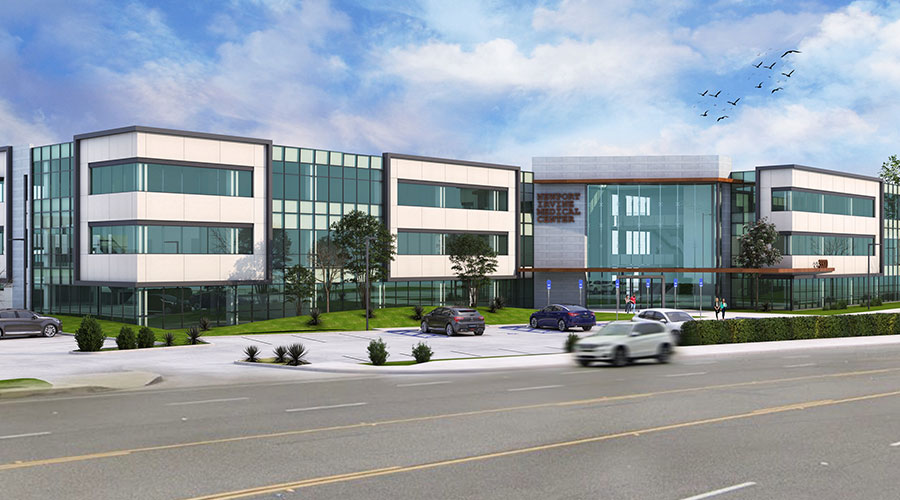Over 60 schools in the northwest panhandle of Florida began the 2019-20 school year with a new telehealth service in place. The program is designed to provide virtual mental health care to more than 35,000 students still affected by Hurricane Michael, a devastating Category 5 storm that struck the region in October of 2018.1 “This initiative by the State of Florida,” says Choice Business Connections CEO Darren Sadana, “is one more sign of the growing importance of wireless-assisted telehealth in overall healthcare.” Sadana, whose company specializes in wireless connectivity for IoT and solution providers, adds, “Rapid virtual patient access to healthcare providers is increasingly a part of everyday healthcare, as well as an invaluable tool in areas affected by war or natural disaster.”
In Houston, for example, Hurricane Harvey caused such extensive street flooding that many physicians were unable to reach the hospitals where they worked. A team of acute care telemedical specialists operating in the area, however, were able to step in and take over for these flooded-out hospitals’ regular staff doctors.2 In Syria, where an estimated 400,000 people have been killed and 1.9 million wounded since the beginning of the current civil war in 20113, both the Syrian American Medical Society and Doctors without Borders are using telehealth technology to provide training and support for front-line medical personnel.4
As it becomes an accepted part of today’s healthcare environment, professional organizations and licensing bodies have been seeking greater consistency in telehealth training and practice.5 Earlier this year, the legislature of the State of Washington unanimously adopted bills focused on telehealth training procedures and practitioner credentials.6 The states of Alaska, Arizona, Connecticut, Hawaii, and Texas are currently considering similar legislation, as well as setting ground rules for insurance coverage of telehealth-assisted procedures.7
Meanwhile, notes Sadana, to support what they do, telehealth practitioners need seamless high speed wireless connectivity to ensure constant uptime, as well as the ability to handle a steady flow of complex information in real time. Integrated low-latency IoT and M2M cellular connective service can enable telehealth professionals to provide patient access, better emergency care, real-time patient monitoring, and secure data transmission. The profession, he points out, is well aware of these requirements; in a recent survey, 85 percent of respondents said that digital innovation is a component of their long-term strategies to improve patient care.8
“With the right IoT wireless solution,” says Sadana, “tablets and routers small enough to fit in a backpack can provide mobile caregivers with a secure 4G LTE connection for accessing training materials, emails, and patients’ medical histories. The right solution can also enable instant transmission of data from patient monitoring devices as well as data security for HIPAA compliance. As an intensely user- and usability-focused wireless connection provider, we regard it as an honor and a privilege to help support this lifesaving industry.
For more information, please see www.choiceiot.com.
 States Move Forward to Better Protect Senior Citizens
States Move Forward to Better Protect Senior Citizens Archer and REDA to Transform Newport Beach Building into Outpatient Center
Archer and REDA to Transform Newport Beach Building into Outpatient Center Sunflower Medical Group Facing Lawsuit Following January Data Breach
Sunflower Medical Group Facing Lawsuit Following January Data Breach Nemours Children's Health Opens New Location in Lake Nona
Nemours Children's Health Opens New Location in Lake Nona Enhancing Safety at Hennepin Healthcare with a Screening System
Enhancing Safety at Hennepin Healthcare with a Screening System